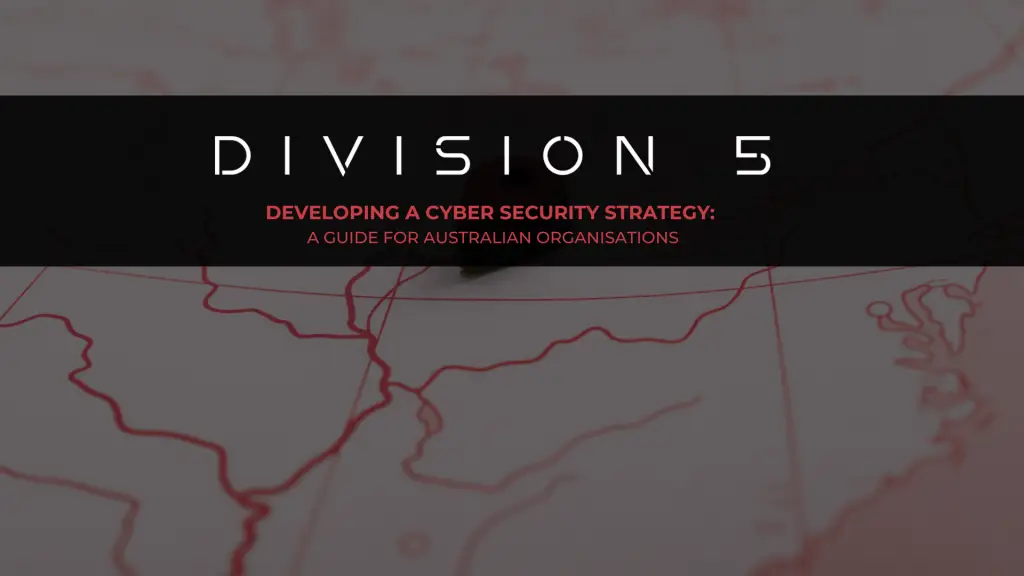The Digital Frontline: Why Cyber Strategy Matters
Every Australian organisation sits on the front lines of a complex and evolving digital battlefield. As former Australian Signals Directorate (ASD) chief Mike Burgess once warned, “The threat is now immediate, and the stakes are existential.”
A Structured Approach to Cyber Security Strategy Development
While cyber security might seem daunting, a methodical approach can transform it from an overwhelming challenge to a manageable, strategic initiative. Our guide breaks down the strategy development into four critical phases that provide a clear, actionable pathway.
Phase 1: Contextual Understanding
The foundation of a cyber security strategy is a sound understanding of your organisational context. This goes beyond the surface-level assessments, requiring a comprehensive examination of your unique digital ecosystem. Some examples include:
- The specific threat landscape in their industry
- Regulatory and compliance requirements
- State-based legislative considerations
- Potential leadership and institutional biases
A critical decision at this stage is determining the strategic timeframe. While every organisation is unique, a three to five-year horizon typically provides the right balance between vision and flexibility. Importantly, your strategy shouldn’t be a static document but a living program that should include interim reviews and the capacity for adjustment.
Phase 2: Comprehensive Gap Assessment
Selecting the right control framework makes a difference,, as these form the practical security measures that protect an organisation’s data and systems from threats.
Australian organisations typically choose from established models like ISO 27001, NIST Cybersecurity Framework, or the Australian Government Information Security Manual. The goal isn’t to rigidly adhere to a single framework, but to use it as a structured lens for understanding your current capabilities.
A robust gap assessment involves:
- Mapping existing security controls
- Determining current maturity levels
- Identifying potential vulnerabilities
- Considering whether an external, independent assessment would provide additional insights
Expert tip: Use a Capability Maturity Model Integration (CMMI) scale to objectively measure your current state, providing a clear baseline with criteria for improvement.
Phase 3: Strategic Gap Closure
Closing identified security gaps requires a nuanced approach that balances analytical rigor with organisational empathy. The process of turning control gaps into structured initiatives involves developing practical work packages that close those gaps based on risk level, implementation complexity, and alignment with your organisation’s strategic objectives and available resources.
Note: Successful strategies typically prioritise initiatives based on their potential impact and alignment with organisational goals.
Key focus areas should include:
- Governance frameworks
- Vulnerability management
- Patch management
- Incident response capabilities
- Security control maturation
For each initiative, organisations should document:
- Responsible delivery team
- Estimated timeline
- Implementation duration
- Specific Key Performance Indicators (KPIs)
- Implementation and ongoing operational costs
- Expected strategic outcomes
These initiatives should be grouped into coherent program areas such as security governance, preventative controls, detection capabilities, response mechanisms, and cultural security (or whatever makes sense to your context).
Phase 4: Communication and Continuous Improvement
A strategy lives or dies by how well it has been embraced – key to this is its communication and adaptability. Effective stakeholder engagement is crucial, involving:
- Board-level strategic oversight
- Detailed technical briefings for IT teams
- Cultural awareness programs for staff
- Clear risk communication for shareholders
Regular reporting should include:
- Percentage of strategy completion
- Tangible benefits realised
- Upcoming planned activities
- Mechanisms for absorbing and integrating feedback
Conclusion: Your Cyber Journey
Developing a cyber security strategy isn’t about achieving perfection. It’s about building organisational resilience, awareness, and adaptability. In the digital realm, you’re not just protecting data – you’re enabling the organisation.
Remember: In cyber security, your strategy is your compass, not your destination.
